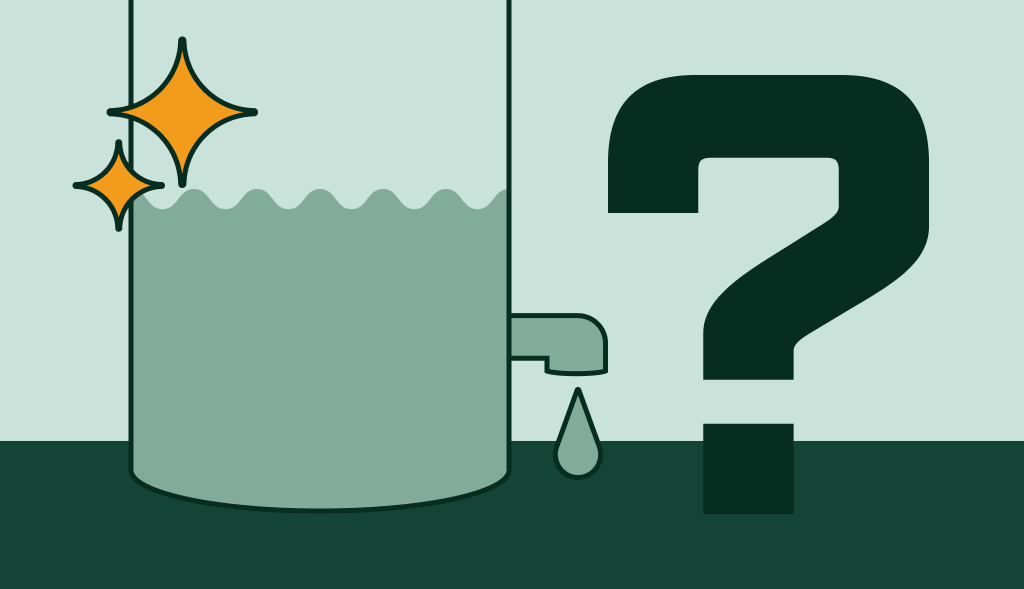Looking for water heater installation in Brea? Get quick and reliable results
Looking for water heater installation in Brea? Get quick and reliable results
Blog Article
Do It Yourself Hot Water Heater Setup: Important Steps for Success
When thinking about a Do it yourself water heating unit installment, it is vital to approach the job with a systematic state of mind, as the process involves a number of essential actions that can considerably influence both safety and effectiveness. Selecting the suitable water heating system for your particular needs is just the start; preparing the installation area and understanding the essential tools and products are just as essential.
Choosing the Right Hot Water Heater
When selecting a water heating system, it is vital to take into consideration several crucial aspects to guarantee optimal performance and effectiveness - water heater. First of all, review the type of water heating system that finest matches your demands. Options include tankless, tank, and warm pump water heaters, each offering distinct benefits in regards to power performance and area needs
A larger family might require an unit with a higher gallon capability or a tankless system that can supply constant warm water. Each power type has effects for installation costs and long-term energy expenditures.
Power effectiveness is one more crucial aspect. By very carefully reviewing these aspects, you can pick a water heater that aligns with your household's details demands, guaranteeing comfort and effectiveness for years to come.
Devices and Materials Needed
Effectively setting up a water heating system calls for not just the ideal option of unit yet likewise the proper devices and products. Before starting your DIY task, guarantee you have a comprehensive checklist of products to facilitate a smooth installment procedure.
Vital tools consist of a monkey wrench, flexible pliers, and a screwdriver set (both flathead and Phillips), which will certainly help you handle different installations and connections. Additionally, a drill with proper bits is essential for installing brackets or making any needed holes. For safety and security, a voltage tester is important, specifically when managing electric water heating units.
You will additionally require a flexible water supply line, which can be either knotted stainless steel or PVC, depending on your preferences and regional codes. By gathering these tools and materials in advance, you set the stage for a successful water heating system installment.
Preparing for Setup
Before starting the setup of your water heating unit, it is essential to assess the installation website to ensure it satisfies all essential demands. Begin by verifying that the location is well-ventilated, specifically for gas water heating units, to prevent the build-up of damaging gases. Examine for the accessibility of essential connections, consisting of water supply lines and electric outlets, guaranteeing they remain in great condition and correctly situated.

This positive approach not just ensures conformity with local building codes but likewise improves the longevity and performance of the water heater. Proper prep work establishes the phase for a smooth setup process and assists avoid unforeseen problems.
Step-by-Step Installment Refine
With the prep work full and all needed analyses conducted, the next phase includes the detailed installment of your water heater. For tank-type water heating units, link the cool water supply line to the inlet, generally noted in blue, and the warm water line to the outlet, usually designated in red.
Following, secure the temperature and stress safety valve, which is necessary for safety and security. Attach the discharge pipe to this shutoff, routing it in the direction of the flooring or a suitable drain location. For electrical designs, connect the power supply by stripping the wires and safeguarding them to the heater's terminals according to the manufacturer's guidelines.
If you are installing a gas hot water heater, make sure the gas line is linked effectively and look for leakages making use of a soap remedy. After all links are made, load the storage tank with water prior to transforming this page on the power or gas supply. Allow the water heating system to get to the preferred temperature and check for any type of leaks around all connections.
Ensuring Security and Efficiency
Consistently guaranteeing safety and performance throughout the setup and procedure of your hot water heater is important for optimum efficiency and long life. Begin by selecting an ideal area that abides by neighborhood building regulations and provides appropriate air flow. Guarantee that the area is totally free from combustible products and has enough room for upkeep and inspections.

After installation, conduct regular examine the device to identify leaks, deterioration, or uncommon sounds. Establish the thermostat get more to a risk-free temperature, normally around 120 ° F, to avoid scalding and improve energy efficiency. Shield pipelines to minimize warmth loss, which adds to decrease power expenses.
Conclusion
In final thought, effective DIY water heating system setup pivots on mindful planning and implementation. Choosing the ideal water heating unit, preparing the installment area, and following a systematic setup process are vital steps.
When thinking about a DIY water heater setup, it is important to come close to the job with a methodical way of thinking, as the process involves numerous critical steps that can dramatically impact both security and performance.Prior to beginning the installment of your water heating system, it is important to analyze the installation site to ensure it meets all essential requirements. For tank-type water heating units, attach the cool water supply line to the inlet, generally marked in blue, and the warm water line to the electrical outlet, usually designated in red.Consistently ensuring security and effectiveness throughout the installation and procedure of your water heating system is critical for optimal performance and longevity. Picking the proper water heating unit, preparing the installment location, and adhering to an organized installment procedure are critical steps.
Report this page